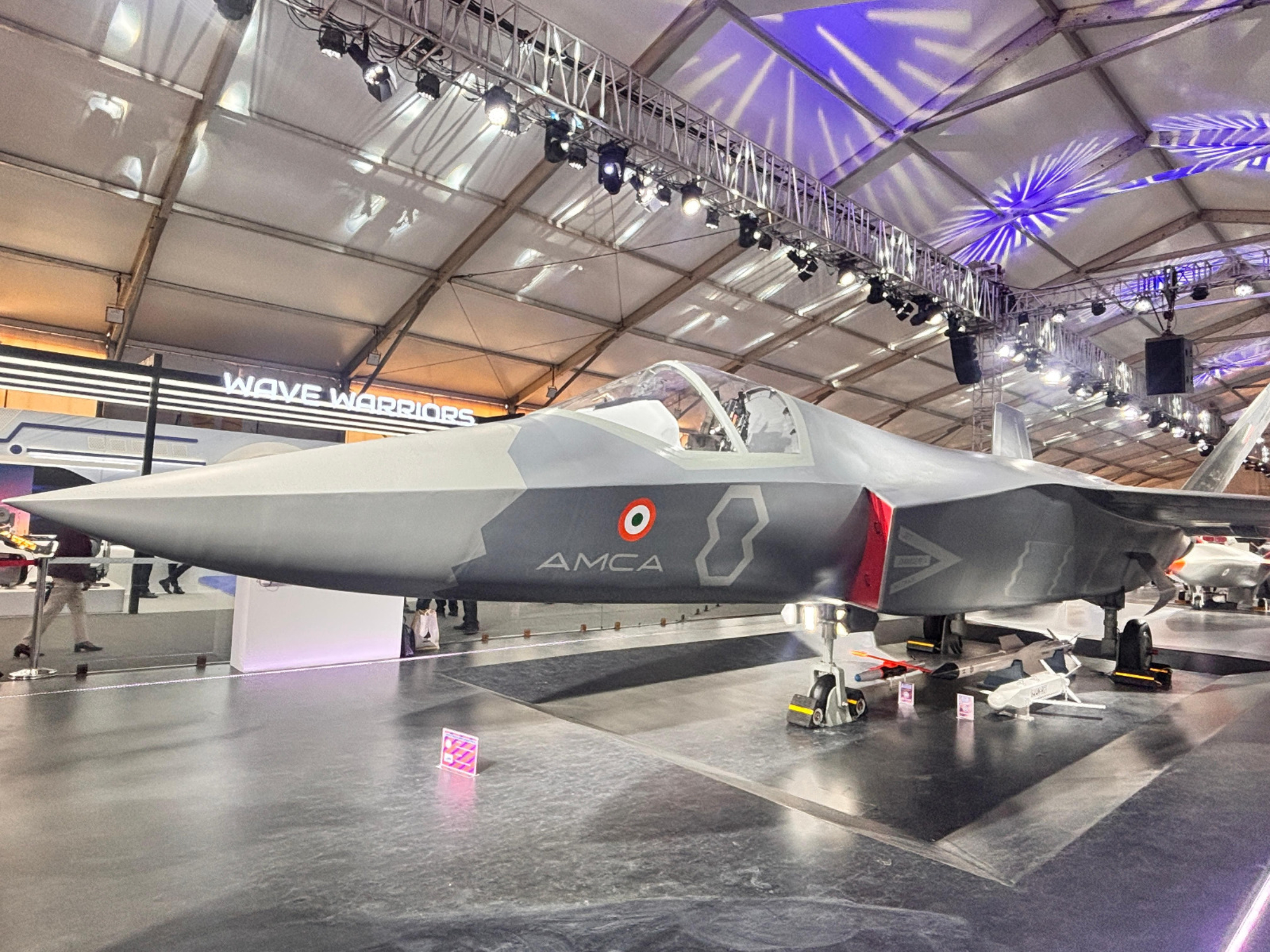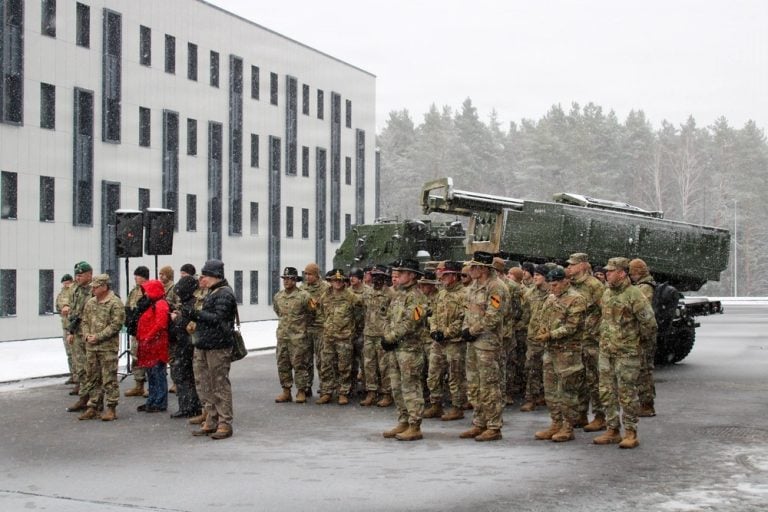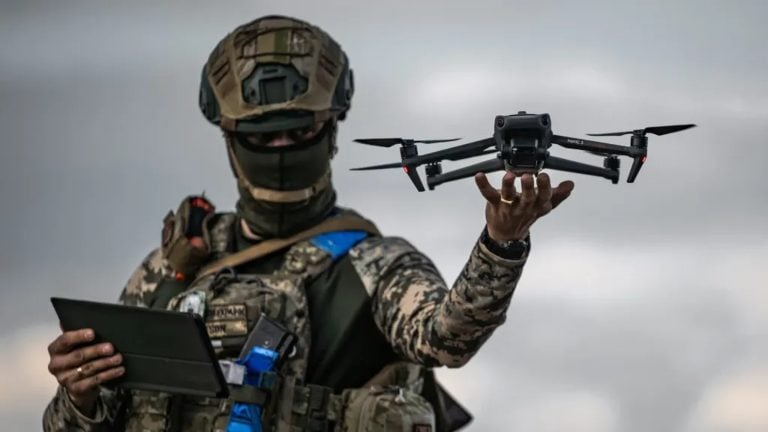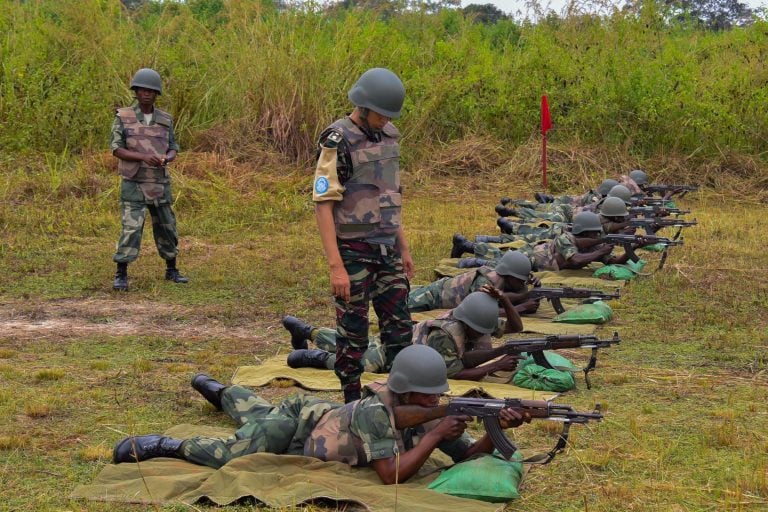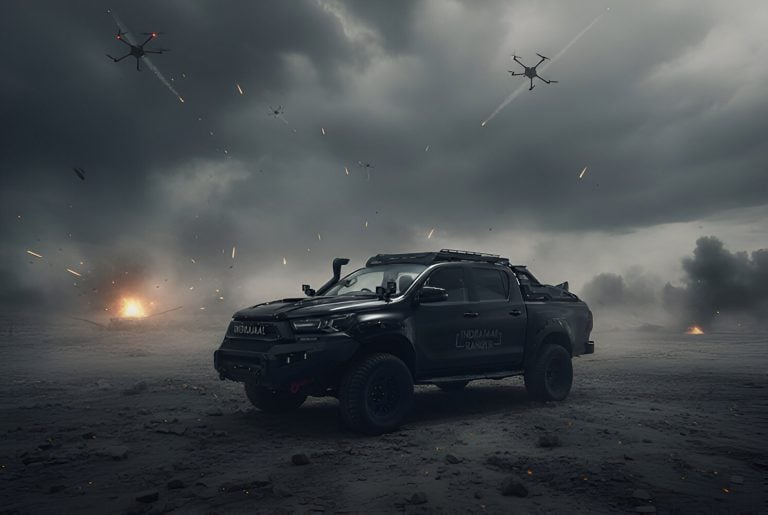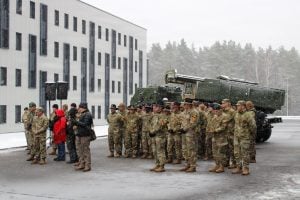India’s Defense Minister Rajnath Singh has taken a significant step towards bolstering the country’s indigenous defense capabilities by approving the development of a prototype for a fifth-generation Advanced Medium Combat Aircraft (AMCA). This initiative comes on the heels of a heightened military conflict with neighboring Pakistan, underscoring India’s urgency to modernize its armed forces amid rising tensions with its nuclear-armed rivals.
The Ministry of Defense confirmed that the Aeronautical Development Agency (ADA), a government entity tasked with aircraft design, will spearhead the project in collaboration with industry partners. The defense minister emphasized that this program marks a crucial milestone toward achieving “aatmanirbharta,” or self-reliance, within the aerospace sector.
India is one of the world’s largest arms importers, accounting for nearly 10 percent of global arms imports from 2019 to 2023, according to the Stockholm International Peace Research Institute (SIPRI). In recent years, the country has sought closer defense ties with Western nations, particularly through its involvement in the Quad alliance alongside the United States, Japan, and Australia. This shift has been part of a broader strategy to reduce dependence on Russian military equipment, which has dominated India’s defense procurement for decades.
Recent procurement actions include a multi-billion-dollar agreement signed in April to purchase 26 Rafale fighter jets from France’s Dassault Aviation, expanding India’s already substantial fleet of Rafales. This transaction aims to phase out older Russian MiG-29K jets and strengthen India’s aerial combat capabilities.
To further stimulate domestic arms production, Singh has pledged at least $100 billion in new contracts for military hardware by 2033. This ambitious initiative is complemented by ongoing developments in other defense sectors, including the opening of a new helicopter manufacturing facility, the launch of India’s first homemade aircraft carrier, and the successful testing of long-range hypersonic missiles.
However, the backdrop to these advancements is fraught with recent conflict. A four-day military confrontation earlier this month between India and Pakistan marked the most severe clash since 1999, resulting in more than 70 casualties due to missile, drone, and artillery exchanges. Pakistan has claimed its forces shot down six Indian aircraft, including three Rafale fighters, an assertion India has not officially confirmed despite some reports indicating that three jets crashed within Indian territory.
The conflict was ignited by an attack on tourists in Indian-administered Kashmir, which India alleges was backed by Islamabad—a claim Pakistan vehemently denies. Additionally, India remains vigilant concerning threats from its northern neighbor, China, particularly in light of a deadly clash along their border in 2020 that heightened tensions.
The Rafale fighter jet, known for its advanced capabilities, can be equipped with long-range air-to-air missiles and laser-guided bombs, enhancing India’s capacity for both aerial combat and ground support operations. As India navigates complex security challenges, the approval of the AMCA prototype represents a commitment to not only enhance its military arsenal but also to foster technological self-sufficiency in an increasingly tumultuous geopolitical landscape.
